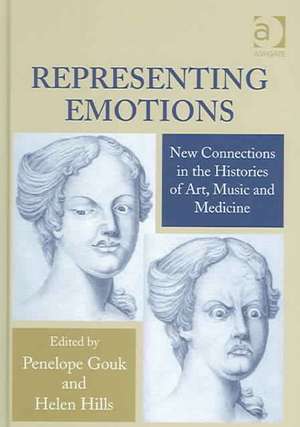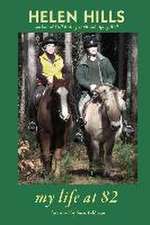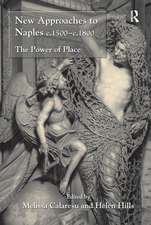Representing Emotions: New Connections in the Histories of Art, Music and Medicine
Autor Helen Hills Editat de Penelope Gouken Limba Engleză Hardback – 28 mar 2005
Preț: 738.81 lei
Preț vechi: 991.18 lei
-25% Nou
Puncte Express: 1108
Preț estimativ în valută:
141.39€ • 153.53$ • 118.77£
141.39€ • 153.53$ • 118.77£
Carte tipărită la comandă
Livrare economică 22 aprilie-06 mai
Preluare comenzi: 021 569.72.76
Specificații
ISBN-13: 9780754630586
ISBN-10: 0754630587
Pagini: 256
Ilustrații: Includes 15 b&w illustrations
Dimensiuni: 153 x 219 x 21 mm
Greutate: 0.59 kg
Ediția:New ed
Editura: Taylor & Francis
Colecția Routledge
Locul publicării:Oxford, United Kingdom
ISBN-10: 0754630587
Pagini: 256
Ilustrații: Includes 15 b&w illustrations
Dimensiuni: 153 x 219 x 21 mm
Greutate: 0.59 kg
Ediția:New ed
Editura: Taylor & Francis
Colecția Routledge
Locul publicării:Oxford, United Kingdom
Cuprins
Contents: Introduction: Towards histories of emotions, Penelope Gouk and Helen Hills; Is there a cultural history of the emotions?, Peter Burke; Emotions into words-or words into emotions?, Graham Richards. Emotions and Religious Belief: Bodies of self-transcendence: the spirit of affect in Giotto and Piero della Francesca, Michael Schwartz; Architecture and affetti: Alberti and edification, Helen Hills; Spiritual passion and the betrayal of painting in Georges de La Tour, Dalia Judovitz; Changing emotions? The decline of Original Sin on the eve of the Enlightenment, Michael Heyd. Emotions and the Body: The man of passion: emotion, philosophy and sexual difference, Christine Battersby; A woman weeps: Hogarth's Sigismunda (1759) and the aesthetics of excess, Marcia Pointon; Remuer l'âme or plaire à l'oreille? Music, emotions and the mind-body problem in French writings of the later 18th century, Christopher Gärtner. Emotions and Discipline: Music's pathological and therapeutic effects on the body politic: Doctor John Gregory's views, Penelope Gouk; The undulating self: the rhythmic conception of music and the emotions in Anglo-American evolutionary thought, Charles Brotman; Dangerous liaisons: science, amusement, and the civilizing process, Otniel E. Dror; Bibliography; Index.
Recenzii
'Enlightenment specialists will find more riches here than I am able to describe.' Sixteenth Century Journal 'This collection of essays is an important addition to a growing body of emotion historiography. It is a broad and eclectic work, addressing the articulation and treatment of affect in western art, music and medicine between the fourteenth and twentieth centuries. Yet despite this diversity it remains coherent as a collection, being well-ordered, well-edited, and contemplative about its role in the production of histories of emotions.' Medical History
Notă biografică
Penelope Gouk, Emerita, University of Manchester. Her recent publications include Musical Healing in Cultural Contexts, and she is currently writing about changing medical explanations for music's effects between the Renaissance and Enlightenment. Helen Hills is Professor of Art History at the University of York, UK. She has published widely on seventeenth-century Italian architecture, including Invisible City: the architecture of devotion in aristocratic convents in baroque Naples, and is the editor of Architecture and the Politics of Gender in Early Modern Europe.
Descriere
Representing Emotions juxtaposes artistic and musical representations of emotions with medical, philosophical and scientific texts in Western culture between the Renaissance and the twentieth century. Representing Emotions also explores the ways in which emotions have been variously conceived, configured, represented and harnessed in relation to broader discourses of control, excess and refinement. The essays explore the interstices between disciplines (e.g. music and medicine, history of art and philosophy), disrupt established frameworks within the histories of art, music and medicine and challenge traditional narrative accounts. Larger historical forces come into perspective, as chapters suggest how both artistic and scientific representations of the emotions have been implemented in political, social and religious struggles, at a variety of different levels.






